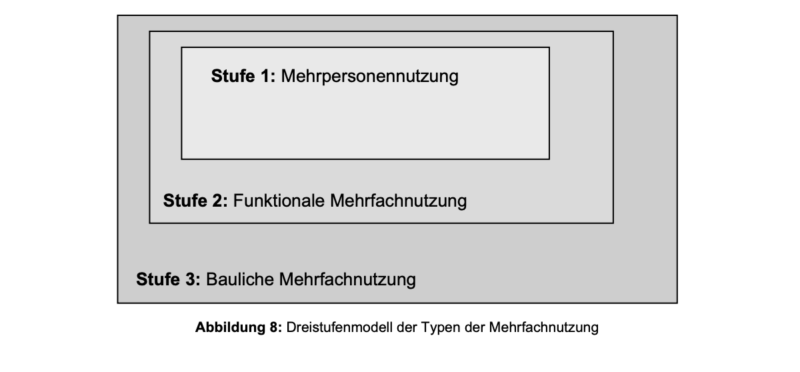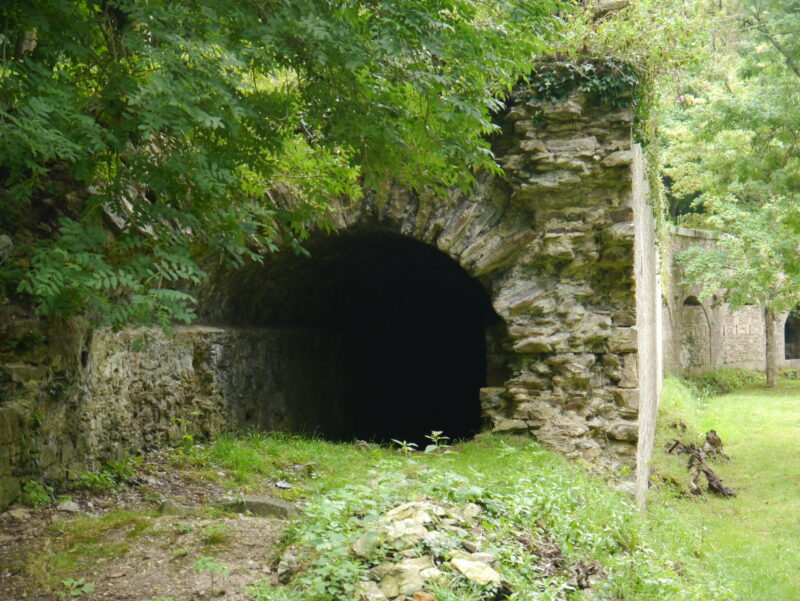Cortesi F., Hepperle, E. (2010). Impacts of Megatrends on Soils. In: Hepperle, E., Dixon-Gough, R., Kalbro, T., Mansberger, R., Meyer-Cech, K. (eds.), Core-Themes of Land Use Politics: Sustainability and Balance of Interests p. 55-69. European Faculty of Land Use and Development. Zurich, vdf Hochschulverlag AG an der ETH Zürich.
Summary
To date soil quality is often disregarded in the sustainability assessment of land uses (Hartemink 2008). However, soil quality is currently being increasingly realized as a necessity for a sustainable development. Haber 2007 has identified a principal re-quirement for being capable of managing three main ecological traps of humankind, the energy, the food and the land occupation trap; namely, the availability of adequate arable and pasture land with suitable soils.
Megatrends impose increasing demands for fertile soils as well as new pressures on soil quality which both have to be managed within a sustainable resource management. To meet new demands and to sustain soil quality, regional land-use strategies should be de-veloped which help to close both, the gap between global megatrends’ demands and pres-sures as well as between pressures and the local preservation of adequate soil quality. Sustainable land use strategies must, on the one hand, be capable of managing both short- and long-term needs for ecosystem services and, on the other hand, preserve the resilience of the soil resource (Foley, DeFries et al. 2005; Chhabra, Geist et al. 2006).
To be able to meet these requirements we need to know (i) what changing demands and pressures on soil come from megatrends and (ii) where and how soil quality is at risk due to current and future pressures at a regional level. Today this knowledge is inadequate and must be extended.
In this article, general research requirements of this task are identified and two general research approaches are presented according to the DPSIR-framework. However, there is probably no methodology to effectively close the cap between megatrends’ developments at the global scale and impacts on the soil resource at the local scale since the diverse systemic interlinkages will always involve a high grade of insecurity. But, by means of the mixed top-down/bottom-up approach important pressures on soil can be identified: On the one hand, the top-down approach gains insights into pressures coming from megatrends and help us understand the relevance of these pressures on land and soils on a regional scale. On the other hand, the bottom-up approach gains insights into changes in local soil quality. By means of a regional case study, a balance of soil quality change can be accomplished and responsible pressures be identified. Hence, pressures are the key element in the DPSIR-framework which help us to interlink different geographical scales.
Societal responses to megatrends’ pressures must take place on the level of strategic planning where decisions at an intermediary thematical and geographical level of abstraction are taken, as depicted in Figure 5. Unlike, responses which are directed to driving forces aim at discussing societal developments more generally and responses directed to state and impacts aim at the development and implementation of measures to prevent soil quality at a more operational level.




